By Liana Jacob
THIS MEXICAN AMERICAN mum-of-two questioned the PATERNITY of her OWN DAUGHTER after she was born with BLONDE HAIR and ivory skin – but it turned out to be ALBINISM.
Stay at home mum, Edith Garcia (33) from California, USA, was shocked when her youngest daughter, Tatiana (3), was born on June 12, 2014, as she and her husband, Raul, are of Mexican American descent and Tatiana had light blonde hair and fair skin.
Initially Edith began to question whether Raul was her father or not, but it turned out that they both had inherited the albinism gene and that some of their distant relatives have the condition. After doing some thorough research from the National Organisation for Albinism and Hypopigmentation, they found solace in other families going through the same thing.
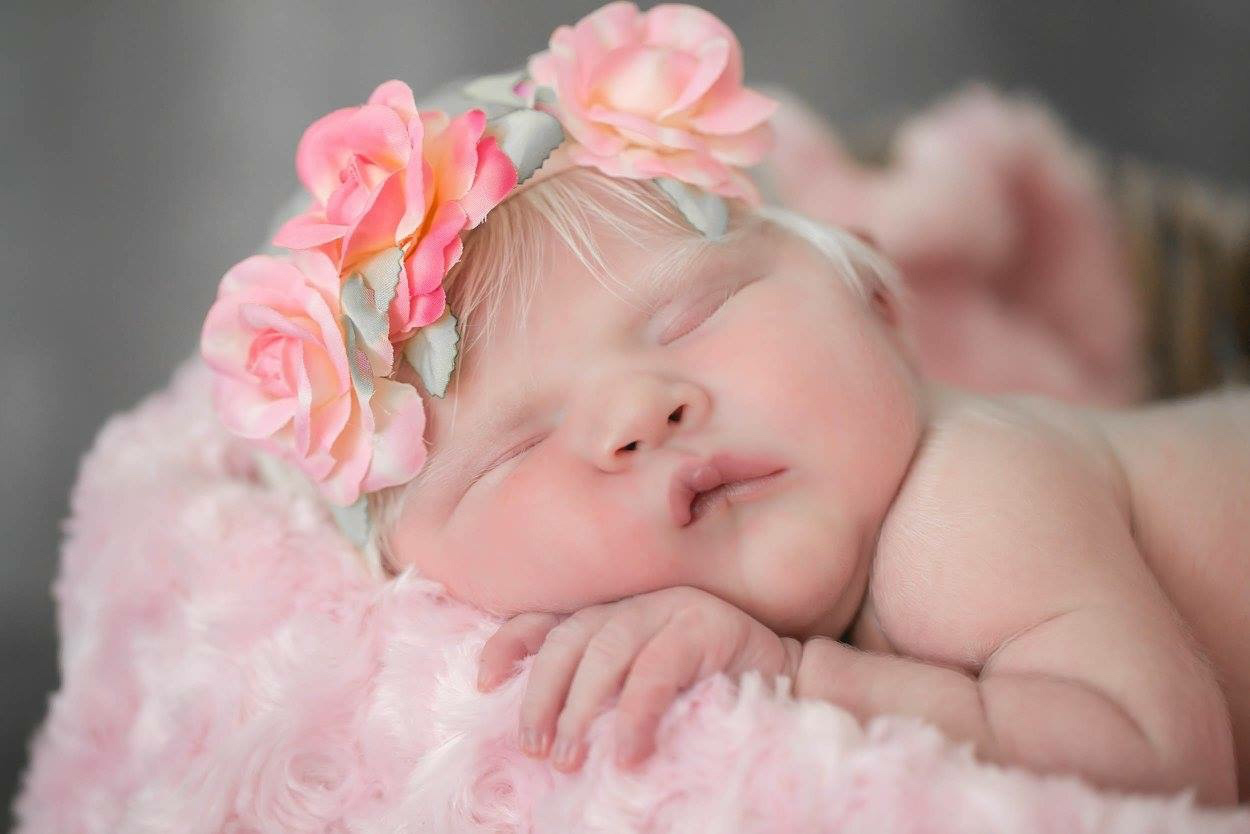
Tatiana’s albinism means that she has little to no pigmentation which has left her with white hair and fair skin. Due to her condition she has a lack of pigmentation in her eyes which means she has poor vision, a low depth perception. She has nystagmus, involuntary eye movement, and photophobia, light and glare sensitivity.
Despite strangers giving them judgemental looks when out with Tatiana and her older sister, Mariah (5), Edith says that Tatiana is used to it by now and has been given unconditional support from her sister who sometimes wears shirts that state that her sister has albinism.
“When Tatiana was born, all I could see was this very fair skinned baby girl with really blonde hair; I didn’t know what to think,” Edith said.
“For a split second, I looked over to my husband and wondered what he did but clearly, it doesn’t work that way. So naturally, I questioned my own decisions.
“Personally, I find it funny because I know neither of us would have done such thing but when you look at a blonde baby that comes out of a brown Mexican American mother, you wonder, even if it’s yourself.
“The reason why it was a huge shocker was because my husband and I had no idea that we inherited the albinism gene and that there are known relatives with albinism.
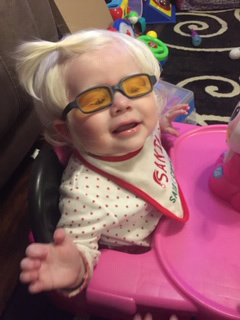
“After she was born, my mother asked my grandfather if he knew of any relatives and he confirmed that there were, but they were at least five generations back. My husband’s side was similar, distant cousins but not close enough to have known the possibilities.
“We immediately reached out to the biggest resource available which is National Organisation for Albinism and Hypopigmentation (NOAH) and read books, and information about albinism.
“I think every time she tries to do something for the first time (physical tasks) is pretty special to see. When she was two-and-a-half years old she was climbing at an indoor playground, using her strength to lift herself up; at that point it wasn’t about her vision, it was about her own determination.
“She was going to keep up with her big sister Mariah and the other kids around her. She has always been a determined child.
“I felt proud and emotional; seeing my little girl trying her best, being fearless and unstoppable is as good as it gets.
“Tatiana knows that she is special; she is used to the attention that she gets from strangers and doesn’t seem to mind it.
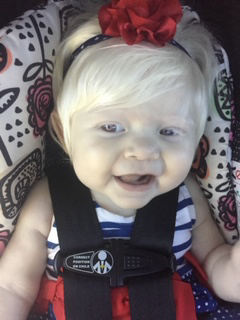
“She knows it’s mostly because of her white hair as that is what usually people say. I think it’s important too for her to feel confident and know that she is special in her own way but still the same. So far, it seems like she gets it.
“Mariah was four years old when she really started to notice people staring at her sister and asked why. I explained to her that a lot of people haven’t seen a little girl with white hair and that is very special.
“She is a great help to her little sister; we often remind her that Tatiana may need help transitioning to new locations. Mariah has had shirts stating that her little sister has albinism.”
As Tatiana was born just a day before National Albinism Awareness which is on June 13, Edith read many emotional stories based on people who have the condition, and this motivated her to try to spread awareness of albinism on Instagram.
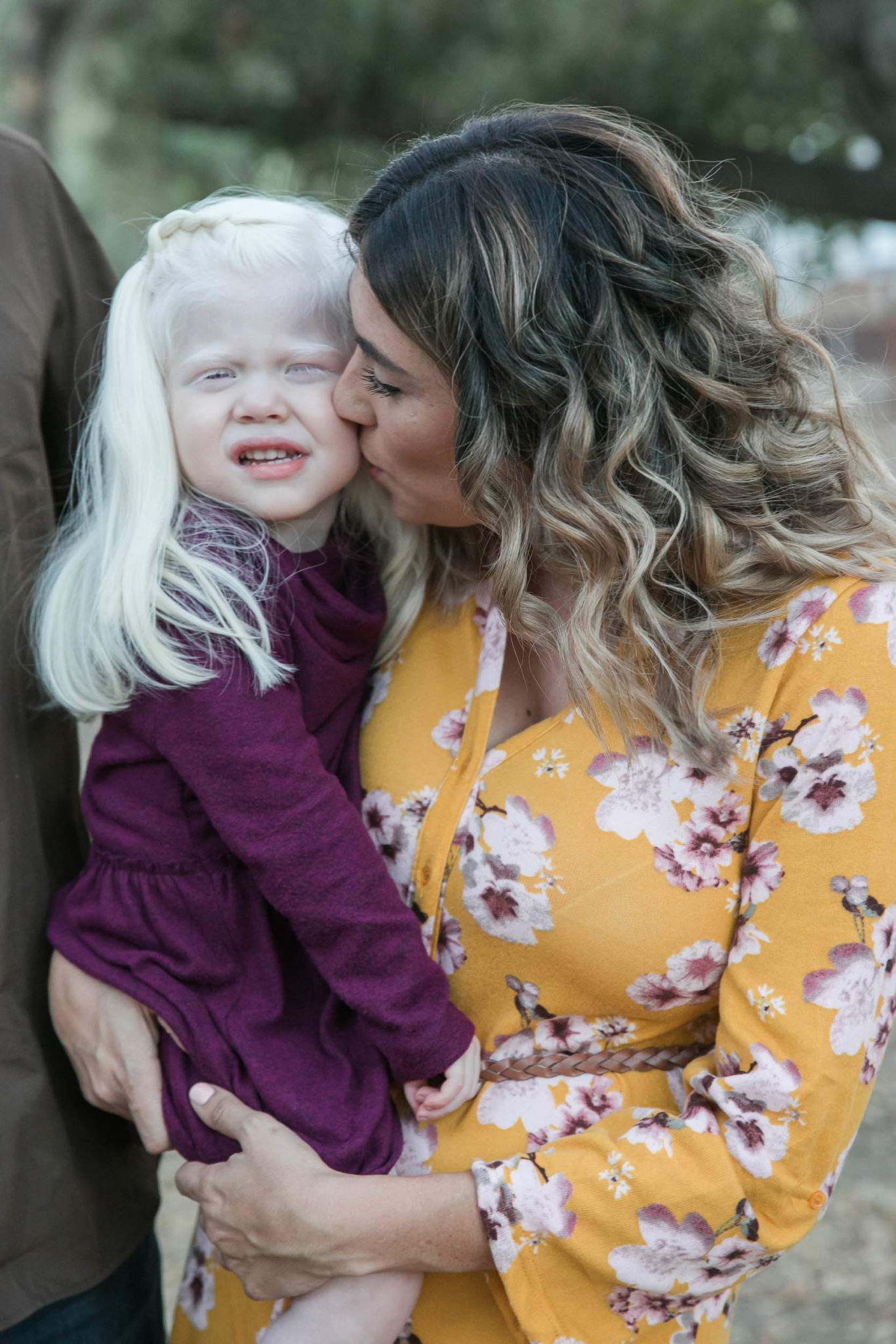
“Everyone is always shocked to see Tatiana with such noticeable white hair. She has so much of it too, it can totally pass as a wig,” she said.
“I often get asked if it is her real hair colour or if Tatiana’s dad looks like her. For the most part everyone is genuinely shocked and fascinated by her hair colour.
“But once in a while I get the very judgmental looks and the snarky questions, but it doesn’t really bother me; every party has a pooper.
“I don’t think her peers fully understand what it means to have albinism as they are only three years old, but I make sure that they learn about it with a home-made book about albinism and Tatiana.
“I quickly learned that albinism was not very common amongst us and not a lot of people including myself knew anything about it.
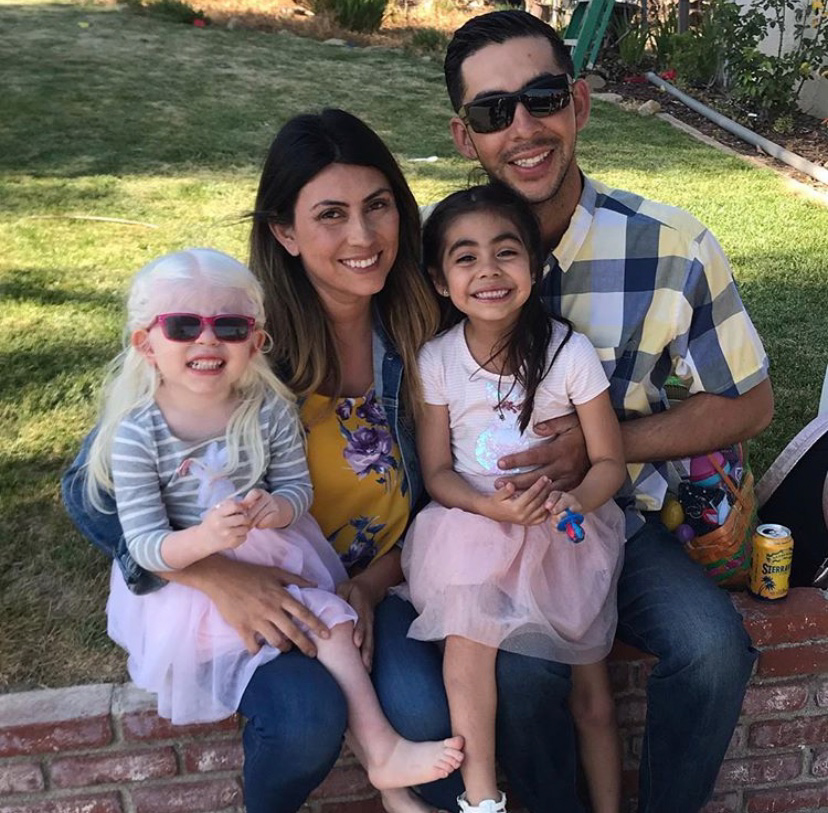
“I have read and seen some very heart-breaking things towards people with albinism and that’s when it clicked.
“I will do everything in my power to raise awareness for Tatiana and every person that follows her. We are in this albinism community and together we will raise awareness.
“I believe everything happens for a reason so being a mama to a little girl with albinism has always been God’s plan.
“I have made it a point to teach anyone that comes across as interested and eager to learn with the continuous support of our friends and family.
“I think it’s cute that she feels beautiful and knows how special she is but it is more important that she knows her inner beauty.
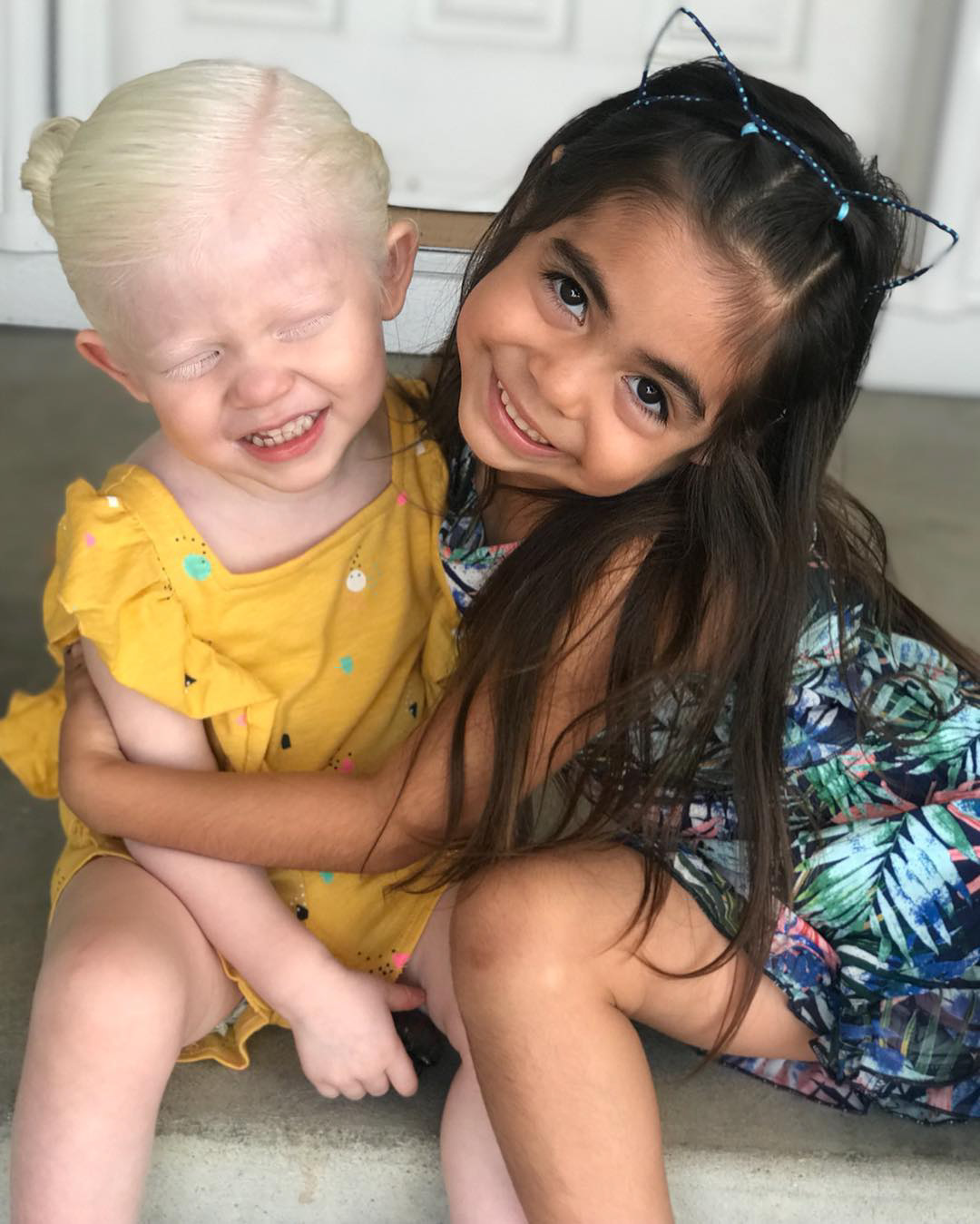
“While everyone can compliment her hair or looks, I will be behind the scenes telling her how smart, strong and kind she is.
“Research; ask questions and become aware of albinism or any condition and how it affects people. Everyone is different and can be affected differently.
“They do not have red eyes; it is the blood vessels that are visible due to the lack of pigmentation. Remember that they’re born this way; they don’t know any different. Identify their strengths and work on their difficulties, support them.”






